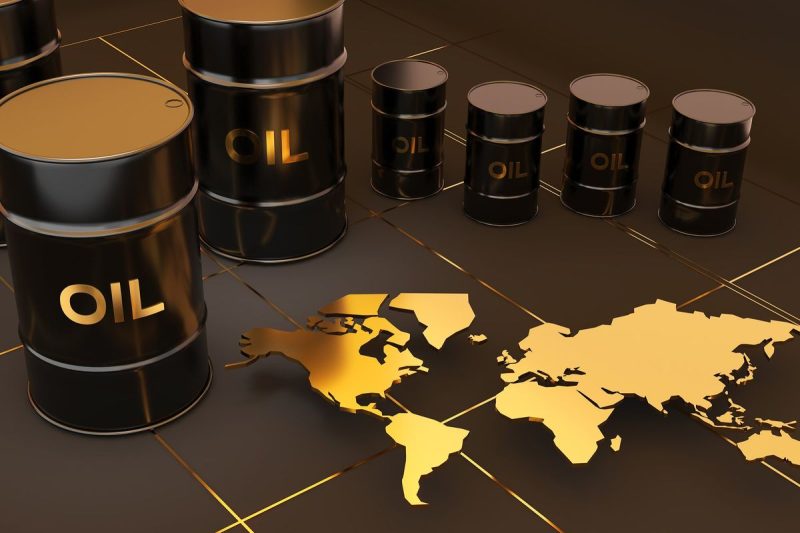In a dynamic global ecosystem that relies heavily on energy, it is impossible to overlook the key role that oil plays. This universal commodity, the black gold, powers various industries and economies worldwide. With that in mind, our primary focus will be on the ten countries that lead the world in oil production. These nations account for a significant percentage of global output, and understanding their influence and changes is vital to grasping oil’s overarching narrative globally.
Saudi Arabia, with its vast reserves, holds a prominent position in the world oil market. As the birthplace of the world’s top petroleum corporation, Saudi Aramco, the Kingdom has tremendous influence over oil production rates. In addition, it is a crucial player in the Organization of Petroleum Exporting Countries (OPEC), where it holds significant sway. Saudi Arabia has consistently prioritized maintaining its position as a top oil producer and exporter.
Located in South America, Venezuela boasts of owning one of the world’s largest oil reserves. Despite political and economic fluctuations affecting its production rate, Venezuela continues to remain a heavyweight in the oil market, with the potential for future growth.
The United States, one of the largest consumers of oil globally, is also a leading producer. Advancements in hydraulic fracturing (fracking) and horizontal drilling have enabled the US to unlock massive oil reserves in shale rock formations, significantly influencing its energy policy and position in the global market.
Canada, known for its vast oil sands, ranks high on the list of producing nations. The oil extraction from these Alberta-based oil sands is a major contributor to Canada’s economy, creating jobs and attracting international investments, despite its environmental controversies.
Iran, another OPEC country, is known for its remarkable production levels. Although geopolitical conflicts and sanctions have posed significant challenges, Iran continues to export large volumes of oil to markets worldwide.
Moving to the East, China’s oil production levels may not match its massive consumption rate; however, the country still maintains a significant position as a producer. Its ongoing investments in the energy sector attest to China’s ambitions to extract even more oil to satisfy its domestic needs.
Overtaking Iran, Iraq has increased its oil production substantially, making it a powerful OPEC member. Its vast reserves, alongside extensive foreign investments in the oil sector, underscore its aspiration to become an even bigger player in the world of oil production.
Similarly, the United Arab Emirates (UAE), holds a key role in global oil output. Its strategic geographical location and immense reserves exploited by the Abu Dhabi National Oil Company (ADNOC) keep it high on the list of producing nations.
Russia, another oil giant, benefits from having one of the world’s largest reserves spread across Siberia and the Ural-Volga region. Its state-owned oil company, Rosneft, plays a pivotal role in global oil markets, influencing prices and production rates.
Lastly, Kuwait, despite being one of the smallest countries globally, showcases its influence on the oil scene due to its significant reserves. Kuwait Petroleum Corporation (KPC), one of the world’s top ten oil companies, has developed means to exploit these reserves effectively for maximum benefit.
The oil production landscape, shaped by political leverage, environmental concerns, technological advancements, and market forces, underscores the importance of these leading countries. Their continued push to innovate and maintain relevance in a rapidly evolving global energy sector highlights their significance in shaping the world’s oil narrative. Each has unique approaches to oil production, but they collectively contribute to the world’s insatiable demand for this precious resource.
